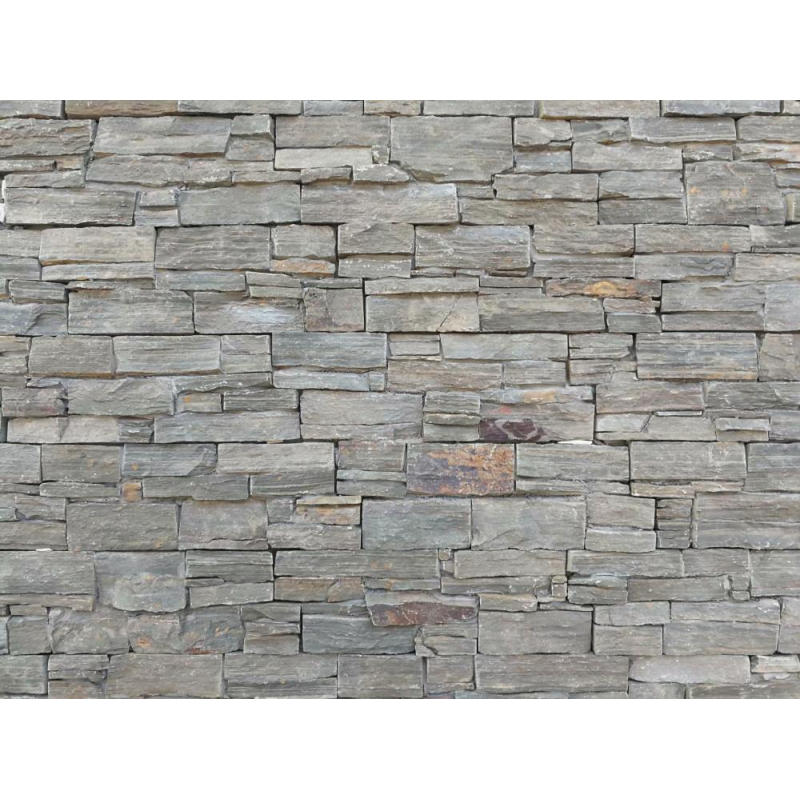
Guri natyral është një nga materialet më të përdorura që përdoret në shtëpi dhe kopshte. Por a keni ndalur ndonjëherë të pyesni veten se nga kanë ardhur pllakat tuaja të veçanta prej guri, tullat ose dyshemeja?

Natural stone was created thousands of years ago when the Earth was just a ball of mineral gases. As these gases began to cool down, they compressed and solidified to form the world we know today. It was during this process that natural stone was formed – the type of stone created depends on what type of minerals were combined at that time. This was a slow process that occurred over millions of years. As the Earth began to settle, many of these seams of stone were gradually pushed to the surface by heat and pressure, creating the large formations we see today.
Stone can come from anywhere in the world, and the type of stone is determined by its origins. There are quarries in America, Mexico, Canada, Italy, Turkey, Australia, and Brazil, as well as many other countries around the globe. Some countries have multiple natural stone quarries, whilst others only have a few. Let’s look in closer detail at where particular stones originate and how they were formed.
Mermer is the result of limestone that has been altered through heat and pressure. It’s a versatile stone that can be used on virtually anything – statues, stairs, walls, bathrooms, counter tops, and more. Usually seen in white, marble is also common in black and grey tints, and has great weather endurance.
Kuarciti e ka origjinën nga gur ranor që është ndryshuar përmes nxehtësisë dhe ngjeshjes. Guri vjen kryesisht në të bardhë, por mund të gjendet edhe me nuanca kafe, gri ose jeshile. Është një nga llojet më të vështira të gurëve natyrorë, duke e bërë atë një zgjedhje të shkëlqyer për fasadat e ndërtesave, tavanet dhe strukturat e tjera që kërkojnë gurë të rëndë.
Granit fillimisht ishte një gur magmatik që ishte ekspozuar ndaj magmës (llavë) dhe ishte ndryshuar gjatë ekspozimit ndaj mineraleve të ndryshme. Guri zakonisht gjendet në vendet që kanë parë aktivitet të lartë vullkanik në një moment, dhe është i disponueshëm në një larmi të madhe ngjyrash nga e zeza, kafe, e kuqe, e bardhë dhe pothuajse të gjitha ngjyrat në mes. Graniti është një opsion i shkëlqyeshëm për kuzhina dhe banjo për shkak të cilësive të tij antibakteriale.
Gëlqeror është rezultat i ngjeshjes së koraleve, guacave dhe jetëve të tjera oqeanike së bashku. Ekzistojnë dy lloje gurësh gëlqerorë, një lloj më i fortë që është plot kalcium dhe një lloj më i butë me më shumë magnez. Guri i fortë gëlqeror përdoret shpesh në industrinë e ndërtimit, ose bluhet dhe përdoret në llaç për shkak të cilësisë së tij të papërshkueshëm nga uji.
Gur i kaltër is sometimes referred to as basalt, and is one of the most common natural stones around the world. Bluestone forms through the alteration of lava, and because of this, is one of the closest stones to the Earth’s surface. Basalt is generally darker in colour, and is used as house roofing and floor tiles because of its hard texture.
Slate u krijua kur sedimentet e argjilës dhe baltës u ndryshuan përmes nxehtësisë dhe presionit. E disponueshme në ngjyrat nga e zeza, vjollca, blu, jeshile dhe gri, propoza është bërë një zgjedhje popullore për çati pasi mund të pritet hollë dhe të përballojë temperaturat e ftohta me dëmtime minimale. Pllaka përdoret gjithashtu shpesh si pllaka dyshemeje për shkak të natyrës së saj të qëndrueshme.
Travertin is created when floodwaters wash through limestone, leaving mineral deposits throughout. As it dries out, the extra minerals solidify to gradually create a much denser material called travertine. This stone is good as a replacement for marble or granite, as it’s much lighter and easier to work with, yet still durable. For this reason travertine is often used on floors or walls, and is estimated to last around fifty years if maintained regularly.